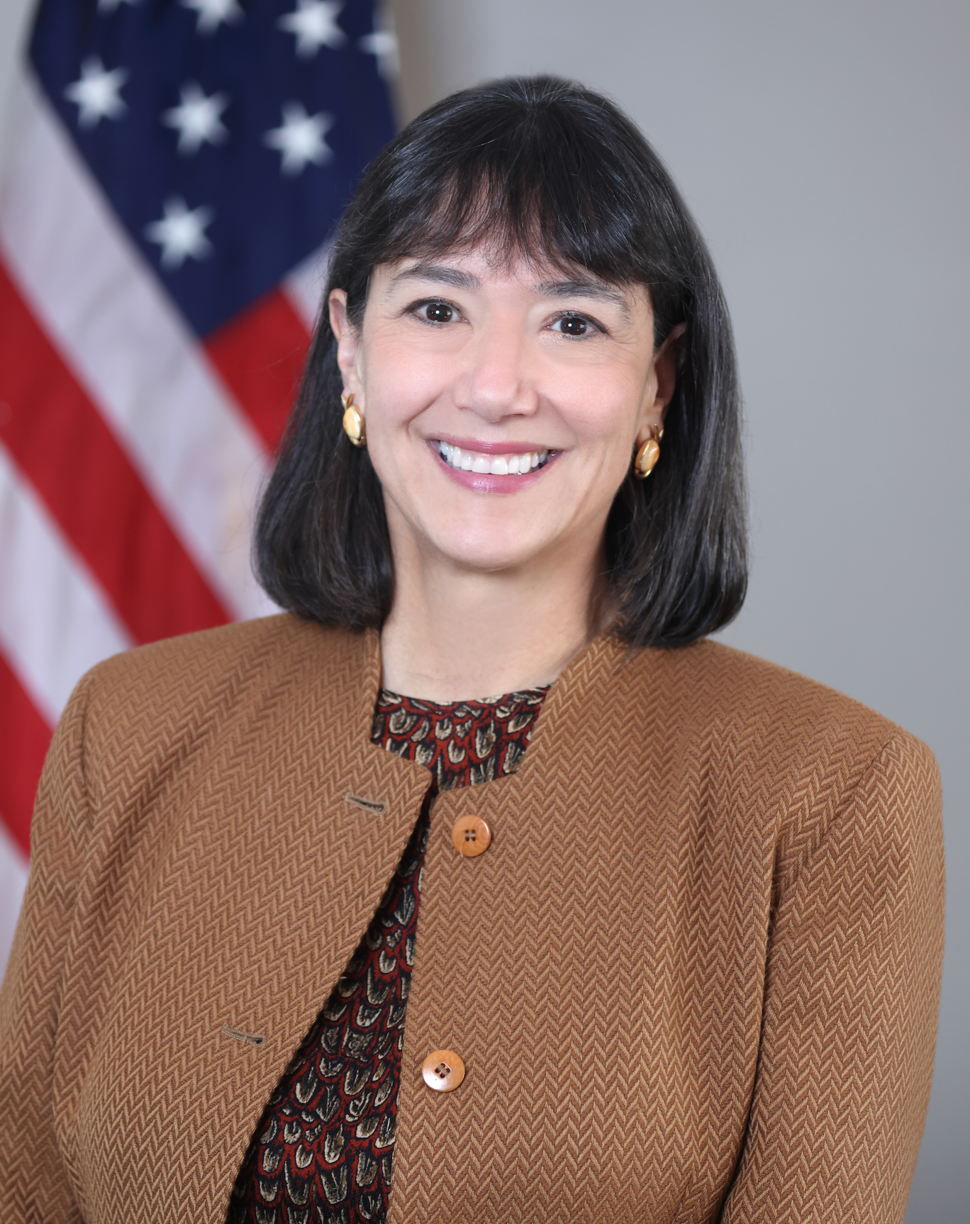Doing More—Together—to End Cancer as We Know It
, by Monica Bertagnolli, M.D.
As a clinician–researcher for more than 30 years, I remember certain patients particularly well.
Prominent among them are some whose initial outlook was very bleak but who, after receiving an experimental therapy, went on to live full and active lives. Others, numbering far too many, had a cancer that failed to respond to treatment, despite the care team doing all that we possibly could to change this outcome.
The absolute worst were the experiences of patients in this latter category whose outcome might have been so much better, but whose care was compromised by potentially preventable factors—for example, those presenting with advanced disease whose late diagnosis was due to lack of access to screening.
As researchers, our successes give us hope that we really will find a solution for every patient. Our failures teach us how very far we still have to go. Both show us that we must work harder, more collaboratively, and with a sense of great urgency.
Today is a time of great opportunity in cancer research, spurred on by decades of momentum generated by tremendous progress.
We have collectively deepened our understanding of foundational cancer biology, expanded treatment options for many cancer types, developed innovative screening and diagnostic approaches and technologies, and learned more about preventing cancer. Deaths from cancer have fallen by one-third over the past 30 years, and millions of family members, friends, neighbors, and colleagues have been able to live longer after a cancer diagnosis.
One year ago, President Biden announced the reignited the Cancer MoonshotSM. He set as its goals to reduce the cancer death rate by half within 25 years and to improve the lives of people with cancer and cancer survivors. These are monumental goals, and they demand that we act with boldness and enduring commitment.
This week, President Biden delivered his State of the Union address to the nation. He expressed his vision for further accelerating progress against cancer, which remains a central feature of his Unity Agenda. He called on the country—and the world—to rally together to transform the meaning of cancer once and for all.
It will take all the talent and depth of the cancer research community, working collaboratively with partners throughout government and the rest of society, to achieve the Cancer Moonshot’s goals.
Such collaboration requires clearly articulating common goals to help identify gaps, seize opportunities, and ensure that our collective resources are deployed intentionally and strategically to save and improve as many lives as possible.
To make this commitment and collaborative spirit a reality, NCI is developing a National Cancer Plan to guide our work across all of cancer research and care. The plan will include a comprehensive set of goals, strategies, and actions that align with the Cancer Moonshot.
In the past year, NCI has launched three new Cancer Moonshot programs:
- a major trial to evaluate multi-cancer detection tests, which may provide less-invasive tools for early detection of cancer and improved health outcomes
- the Cancer Moonshot Scholars program, which will improve the diversity of the applicant pool for NCI grant funding
- the NCI Telehealth Research Centers of Excellence (TRACE) program, which will determine whether telehealth can improve cancer-related care and outcomes across the cancer control continuum
These projects depend upon collaboration between NCI and industry partners, academic institutions, and community cancer centers.
NCI cannot and does not work alone. Our role is to support the best research and to coordinate efforts across the entire cancer research and care community—including public- and private-sector partners, from the individual and community level to the national level—to make the greatest impact in cancer prevention, screening, diagnosis, treatment, and survivorship.
One model example is the Childhood Cancer Data Initiative (CCDI), a framework that allows many organizations and individual researchers to work together to learn from the experience of every child with cancer. CCDI provides an infrastructure that supports secure, privacy-protected research data collection, sharing, and use. It is also developing a nationwide research platform and making new tools available to the research community.
CCDI is already bringing together clinical care and research data from wherever a child with cancer in the United States receives care, and its capabilities and use are steadily expanding.
NCI-supported research can transform and expand the tools available, but the “last mile”—from validation of an intervention to its widespread adoption and broad implementation—requires participation from many others. To make our research truly relevant, we must bridge this gap whenever a new approach is identified to ensure that all our advances benefit all who need them.
A new initiative, known as the Childhood Cancer–Data Integration for Research, Education, Care, and Clinical Trials (CC-DIRECT), is intended to do just that. CC–DIRECT is designed to ensure that the family of every child with cancer is connected with the knowledge and resources required to access proven treatments and participate in research.
This initiative will bring clinical and patient-navigation support to children, adolescents, and young adults with cancer and their families. It will also facilitate research participation and establish a portable, shareable, standardized cancer health record. CC-DIRECT stands out from similar programs because it represents a first-of-its-kind public-private partnership between NCI and eight partner organizations spanning the government, nonprofit, research, and clinical practice sectors.
I am thrilled to be at the helm of NCI at such an opportune moment. My reflections here only begin to scratch the surface of all we are taking on to build upon the foundation laid by decades of cancer research and care and investments in people and resources.
We must do everything we can to reach our collective goal to end cancer as we know it so that everyone can live full and active lives, free from cancer’s harmful effects. People with cancer are counting on us.
